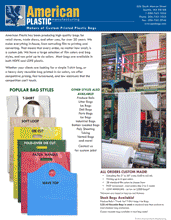What is Vector Art and why is it required?
Vector images are shapes and lines drawn in an illustration program (like Adobe Illustrator or CorelDraw) that have mathematical dimensions. This allows unlimited scalability without compromising the image quality. Images have smooth edges at all sizes, and file sizes much smaller than bitmap (raster) images. Common vector formats are PDF, Adobe Illustrator - AI, EPS, and Corel Draw (CDR).
While vector files are always saved in these formats, they can contain bitmap images as well. Saving a JPG image as AI or EPS or PDF does not change the image to vector.
Bitmap images are made up of a series of individually defined pixels and have a fixed resolution. A 1” x 1” bitmap, at 300dpi, is 300 pixels wide and 300 high. Bitmap images CAN'T be made larger without losing quality. For printing, the higher the resolution of bitmap files, the better the image quality. Common bitmap formats are TIFF, JPG, GIF, PNG, BMP.
Why Vector?
- Vector art provides much smoother lines and edges to the art. Most bitmap images have smoothing (anti-aliasing) on the edges of the art (a slight gradient around curves to make them look smoother.)
- All gradients are printed at 35 lpi, which when applied to shapes with smoothing, will result in blurred/jagged edges.


